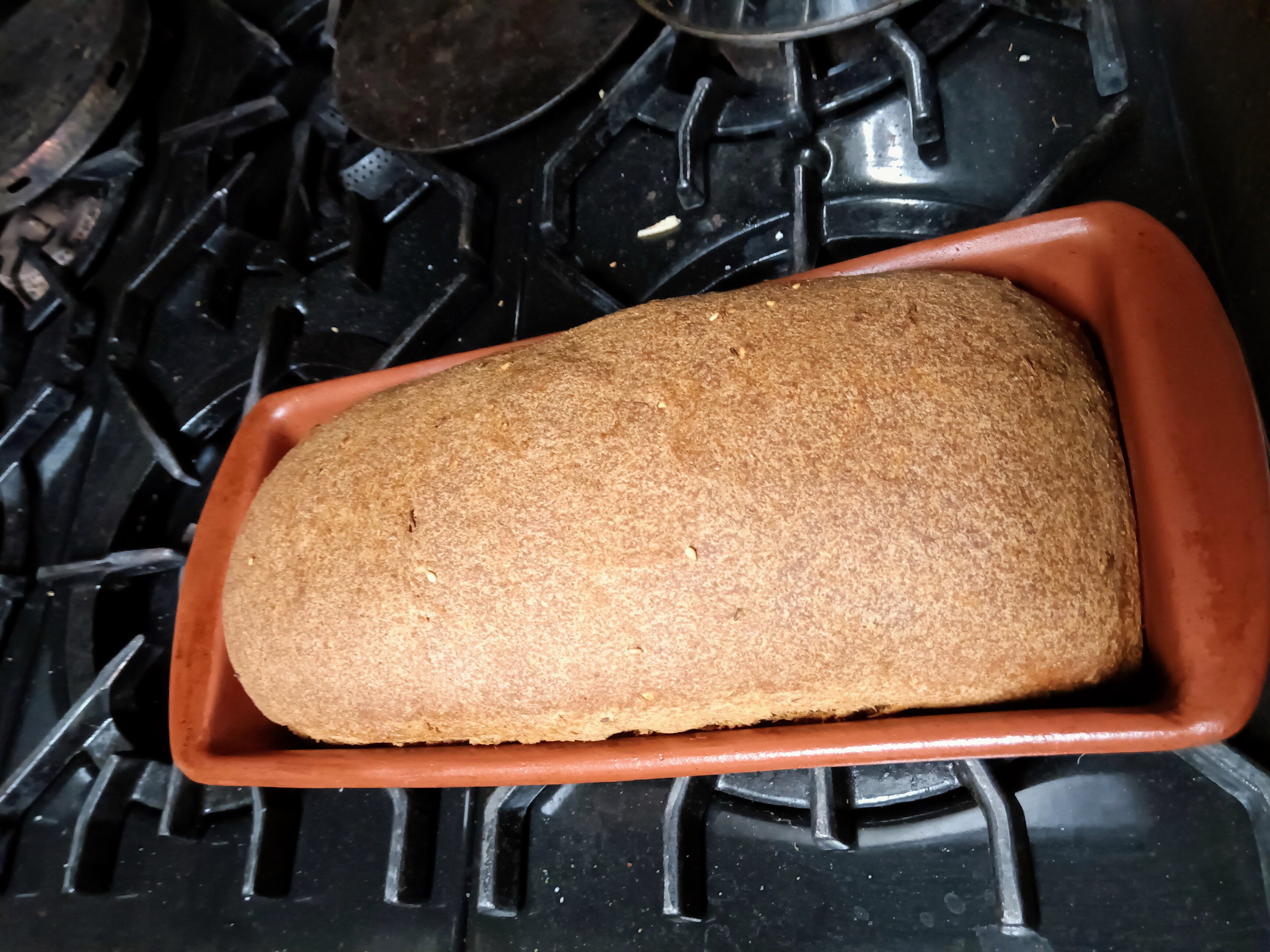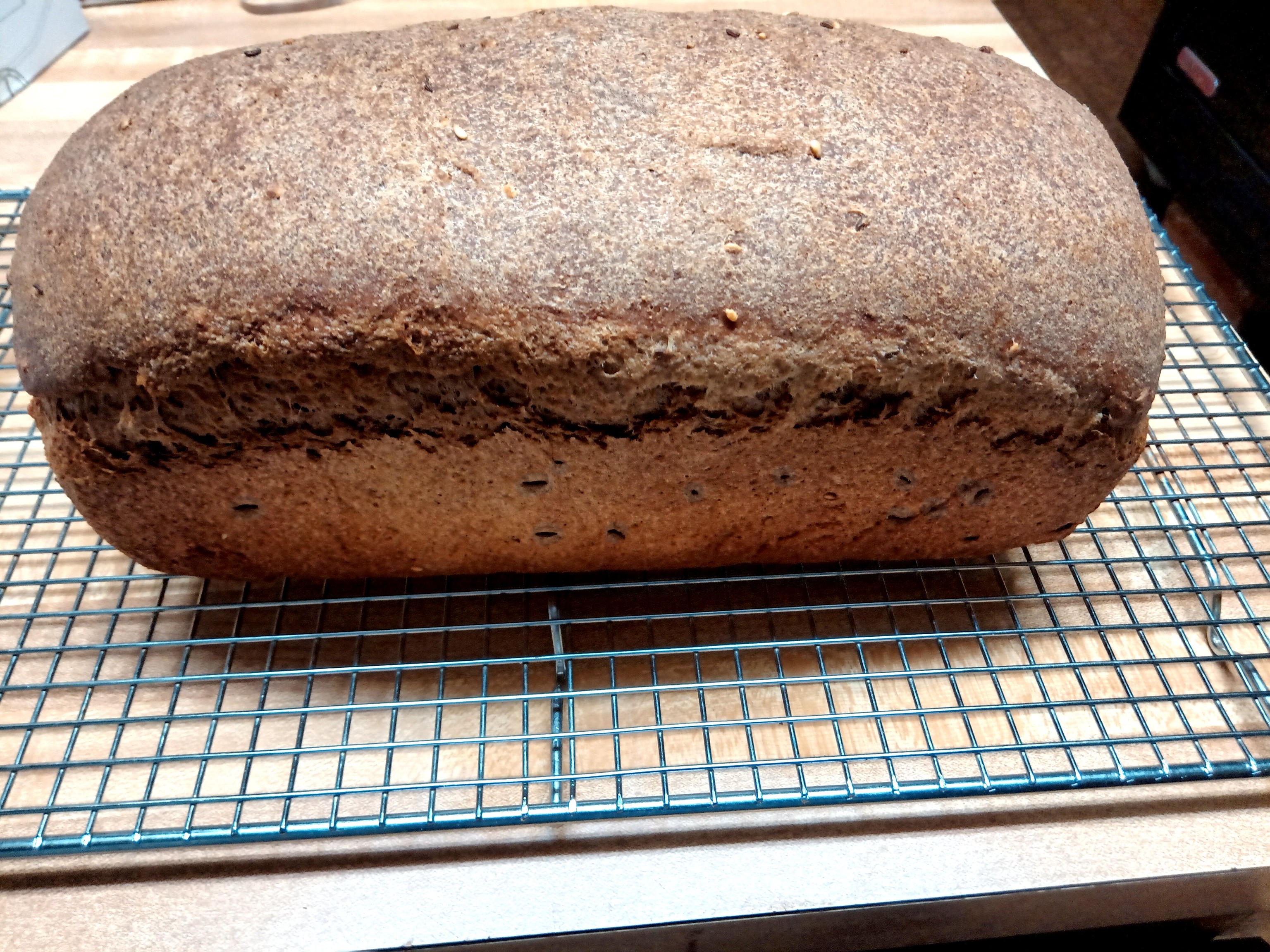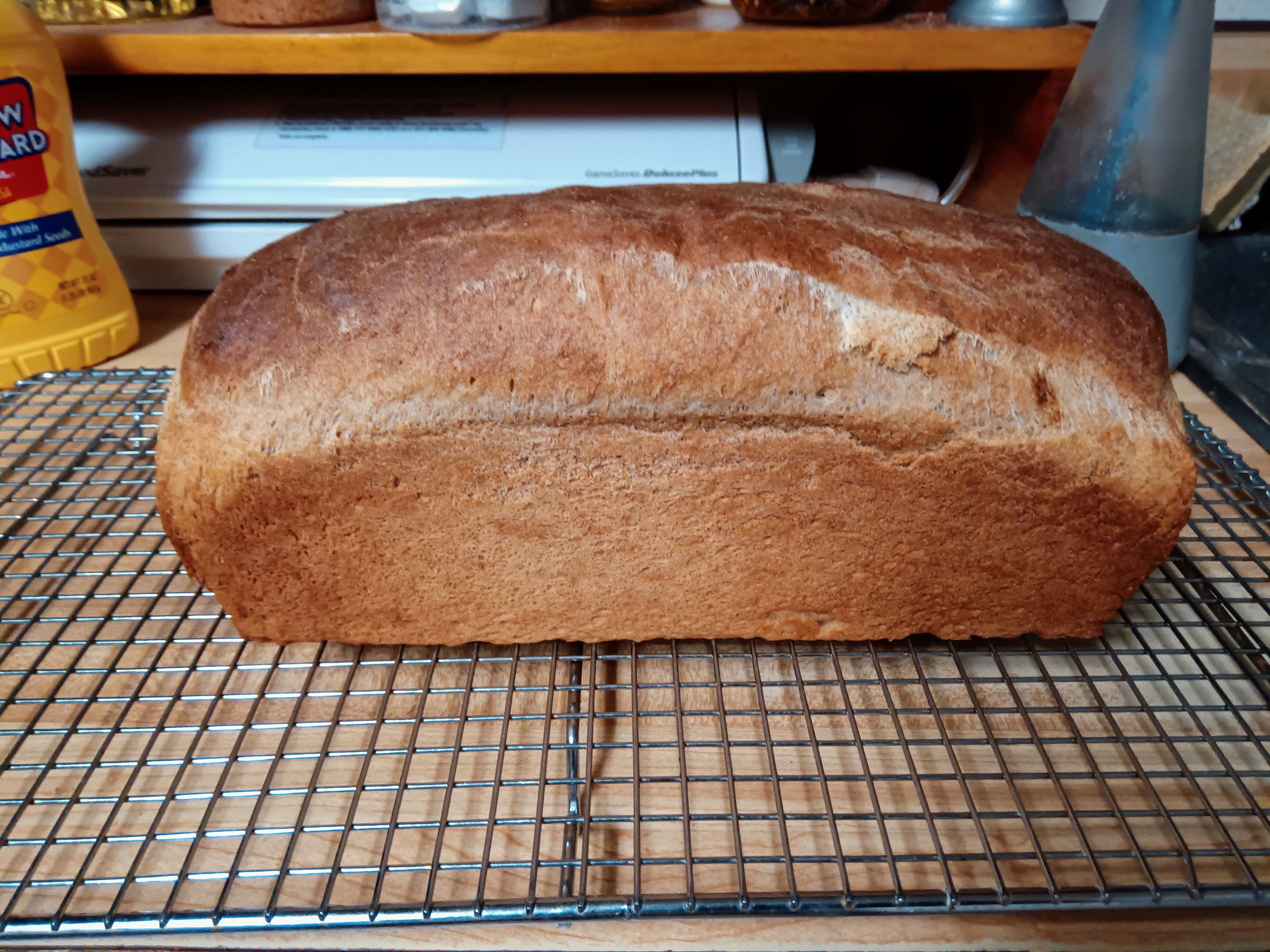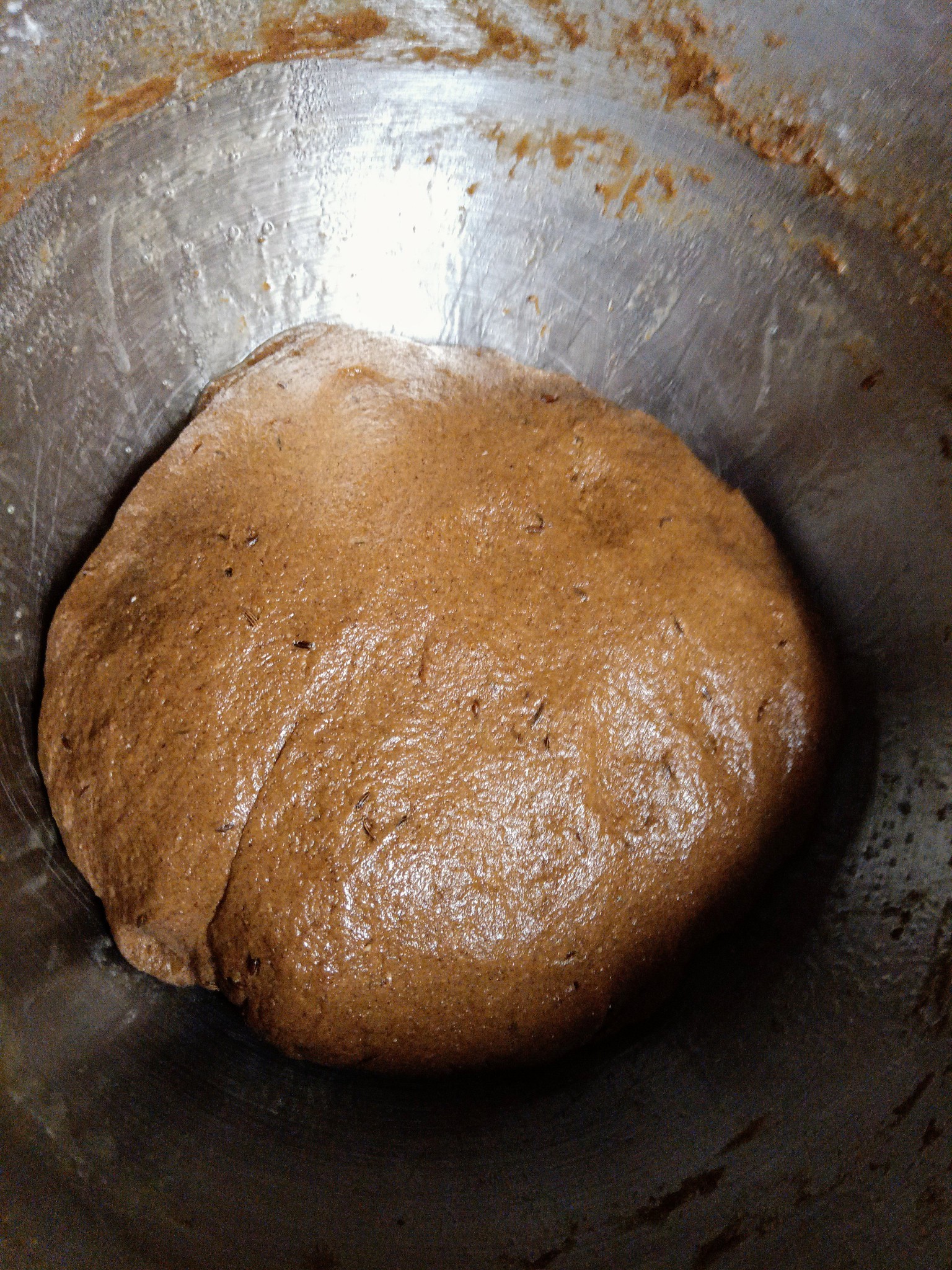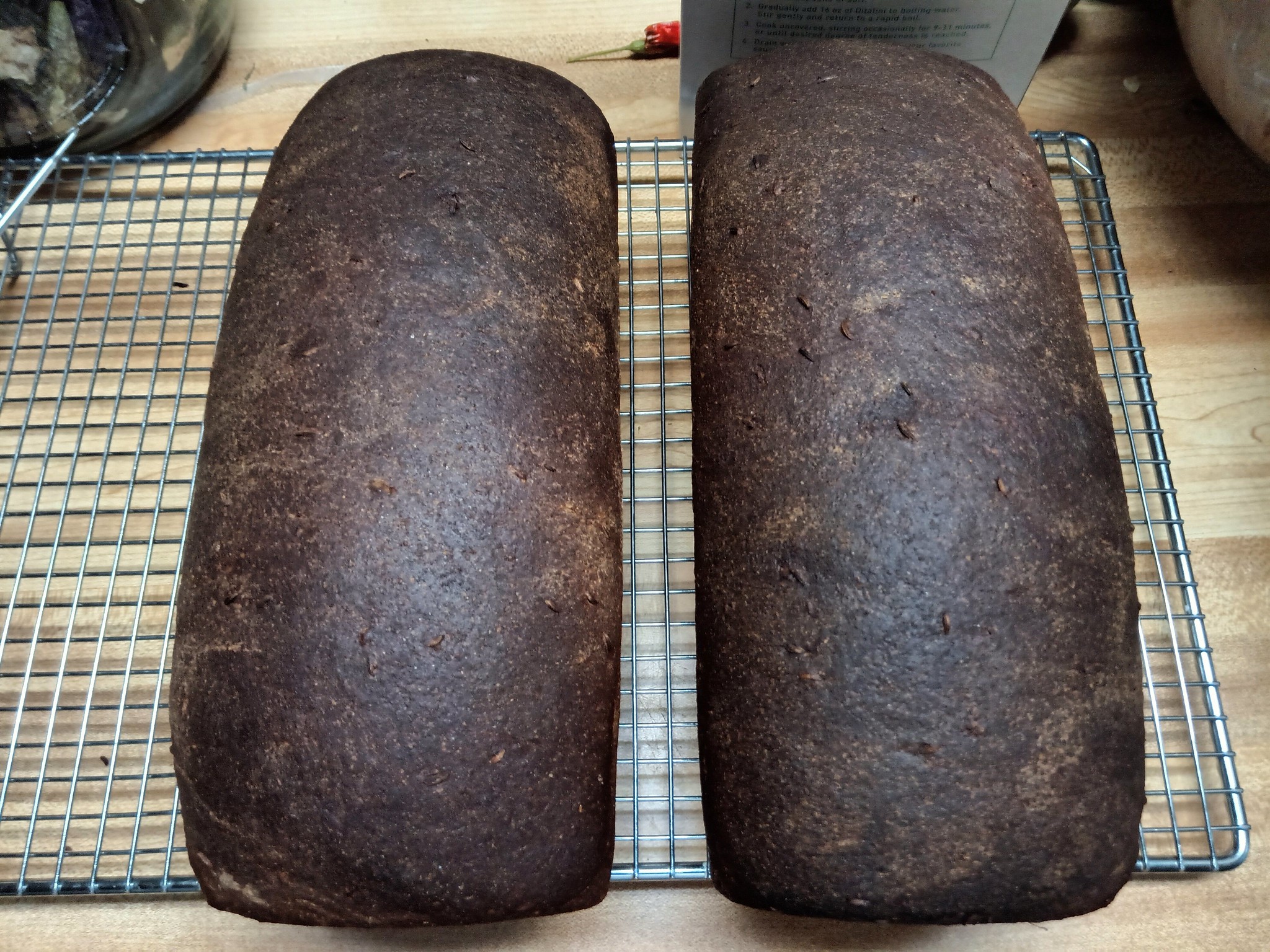As for pH of Pickling Lime — it can get pretty caustic and you have to be careful —
Making Pickling Lime-Water of pH 12.5. Making Lime-Water takes about 5.5 hours, this can be done in advance of making hominy but make sure the clear liquid is labeled and stored so that it can't be ingested. Mrs.
https://www.howtomakehominyfromcorn.com › ...
4. Making Pickling Lime-Water of pH 12.5
Also — for good reference about pickling lime and how to handle — Can You Use Pickling Lime on Plants?
BTW, Your description reminded me of this saved recipe and detailed kitchen science, but it’s in Japanese — it’s a recipe for making “old fashioned” sweet buns using baking soda. I’ll paste it below in case you want to run it through an online translator.
The link title is Difference between Baking Powder and Baking Soda. ‘Molasses Sugar Sweet Bun’ is introduced along with a recipe | Recipe by Kumiko Yamadera
I’ll excerpt a couple of points
And roughly paraphrasing (and remember, washing soda is made by heating baking soda) —- baking soda - yellows [darkens] the color of crust and leaves a distinctive bitter flavor and odor
- baking powder - crust remains white [pale]. No bitterness or odor left behind.
* The bitterness and odor comes from the chemical reaction of heating baking soda resulting in Na2CO3.
* Baking POWDER was invented to alleviate these problems by adding an acidic ingredient to neutralize and prevent formation of Na2CO3. A commonly added neutralizing agent contains aluminum, so using baking powder specifically made without aluminum is recommended [with a link]
* The recipe includes a technique to emulate baking powder by adding a small amount of vinegar with baking soda
…The excerpted section of the kitchen science mentions that the “distinct ‘odor’ and bitter flavor” contributes to the nostalgic memories associated with these old fashioned sweet buns. You might feel the same about those German rolls originally made with lye.
ベーキングパウダーと重曹の違い。「黒糖まんじゅう」のレシピも合わせてご紹介。 | やまでら くみこ のレシピ
https://kumiko-jp.com/archives/51970186.html
重曹とベーキングパウダー、それぞれを使った「まんじゅう」のできあ がりには、次のような違いが出ます。
まんじゅうの仕上がりの違い
重曹使用
皮の色が黄色っぽくなる。
独特の苦みやにおいが残る。
ベーキングパウダー使用
皮の色は白いまま仕上がる。
苦み・においは残らない。
ベーキングパウダーは、重曹の欠点を補うためにつくられた膨張剤で す。 でもベーキングパウダーは、あらゆる点で重曹よりも優れているとは言 えないと私は思っています。
重曹の欠点は上に記した通り、まんじゅうの仕上がりが黄色っぽくな ることと、独特の苦みやにおいが残ることです。 この短所の原因は、炭酸ナトリウムという物質にあるようです。炭酸ナ トリウムは、重曹が加熱された時に、化学反応によって生み出されま す。
一方、ベーキングパウダーには、重曹の欠点を補うべく、炭酸ナトリウ ムの残留を防ぐ酸性剤が添加されています。 重曹の欠陥を排除したベーキングパウダーは、確かにこうした面から判 断すると優れていると言えます。
ベーキングパウダーの欠点
しかし、ベーキングパウダーに添加された酸性剤には、少々気になる物 質が含まれています。
酸性剤の1つであるミョウバンは、アルミニウムを含有してます。 ご存じの方は多いと思いますが、アルミニウムは一時期、アルツハイ マーを引き起こす物質として注目されていました。
アルミニウムとアルツハイマーの関係は、今のところ否定されていま す。 でも私は、念のため気にしています。アルミニウムのように人体に必要 でないものは、極力取らないに超したことはありません。
そこでどうしてもベーキングパウダーを使いたい場合は、 ラムフォード ベーキングパウダー というアルミフリーの商品を購入するようにして います。
重曹を使ったまんじゅう
さてすでに書いたように、重曹を使ったまんじゅうは、皮の色が黄 色っぽくなり、独特の苦みやにおいが残ります。
でも重曹を必要以上にたくさん使わなければ、むしろこれらの欠点 は、懐かしい


